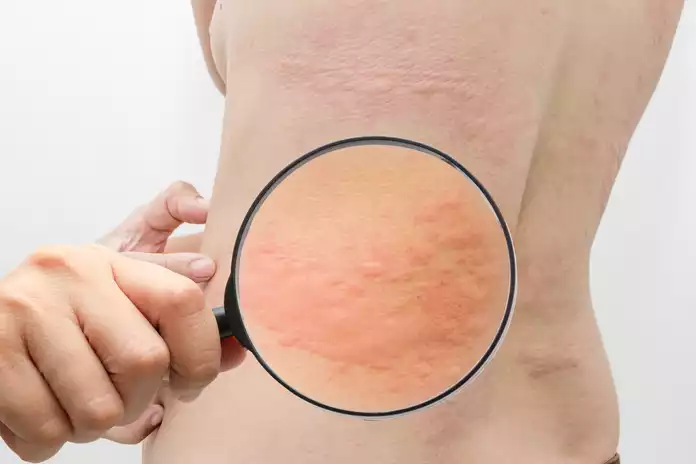How To Diagnose Urticaria (Hives)

Here are some common diagnostic tests for urticaria:
- Physical exam: A dermatologist may examine the skin to identify the symptoms and diagnose urticaria.
- Medical history: The doctor may ask questions about the patient’s symptoms, the duration of symptoms, triggers, family history, and medication history.
- Blood tests: Blood tests may be used to rule out any underlying medical conditions that may be causing the hives, such as autoimmune disorders or infections.
- Allergy tests: Allergy tests may be conducted to determine if the patient is allergic to certain substances that may be causing the hives.
- Skin biopsy: In some cases, a skin biopsy may be performed to rule out other skin conditions that may have similar symptoms.
- Provocation testing: This involves exposing the skin to a potential trigger of urticaria to observe whether it causes a reaction.
- Imaging tests: Imaging tests, such as an X-ray or CT scan, may be ordered if the doctor suspects an underlying condition that is causing the hives.
It is essential to consult a healthcare professional if you experience any symptoms of urticaria to receive appropriate diagnosis and treatment.

